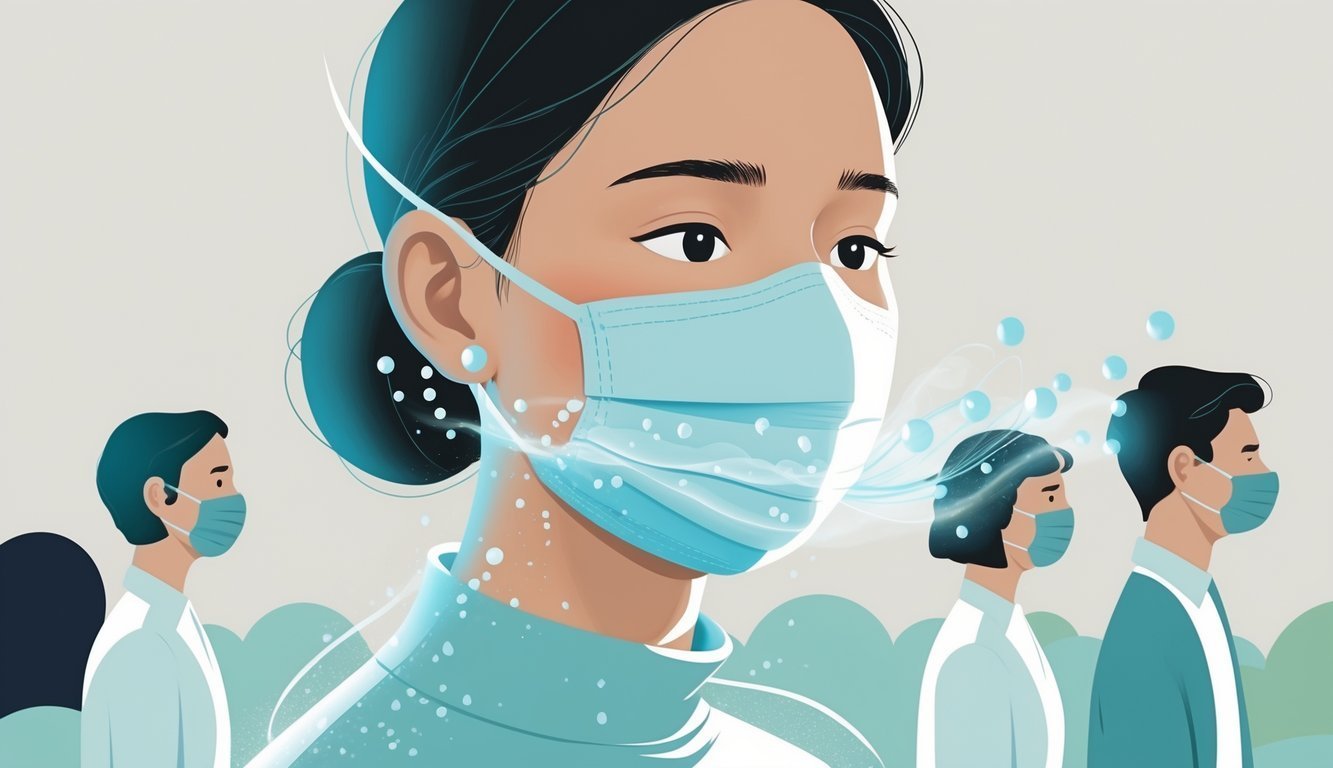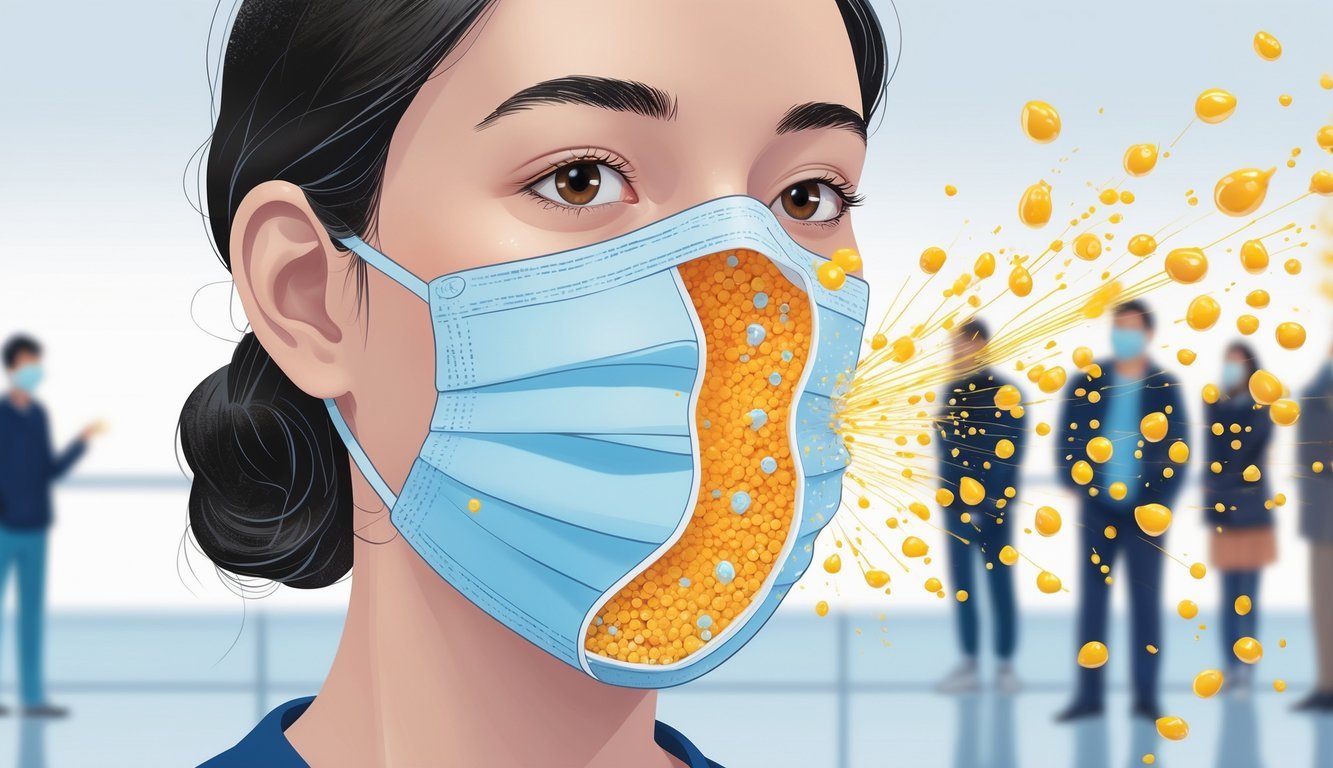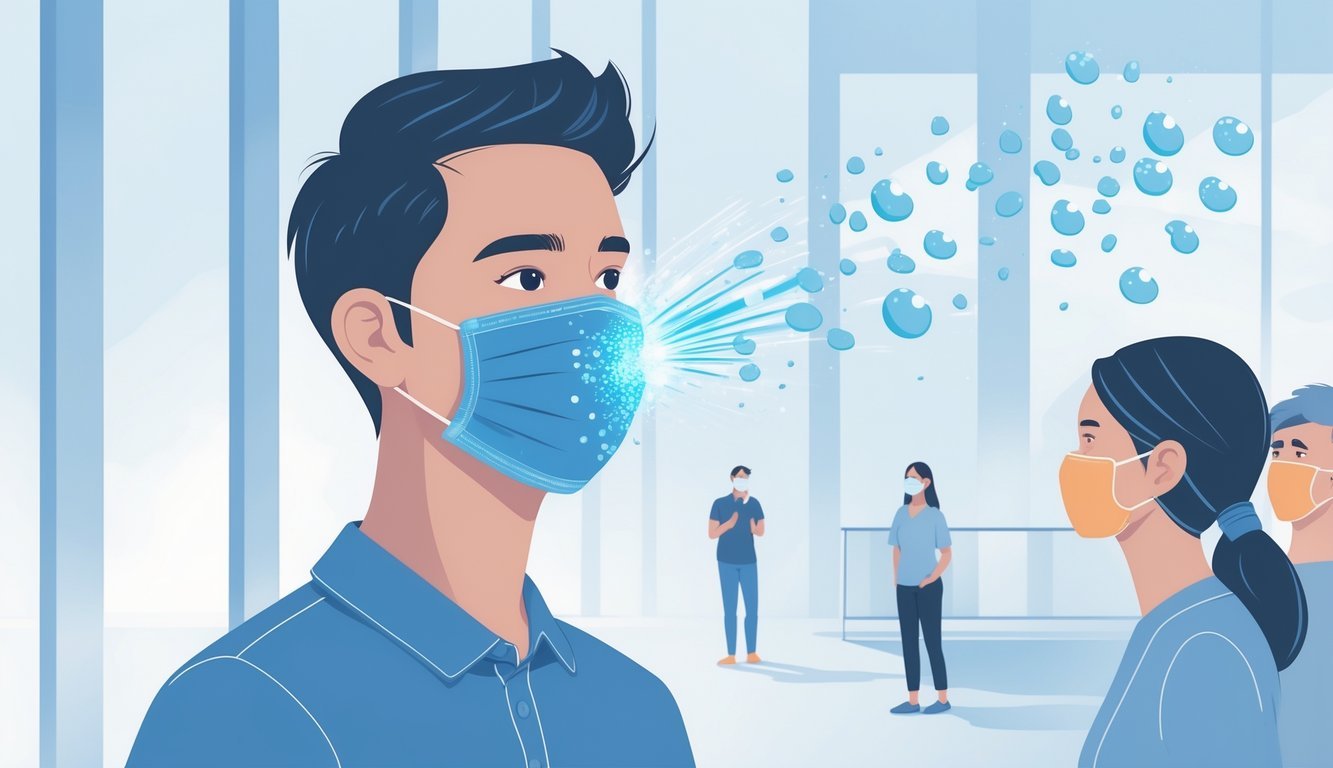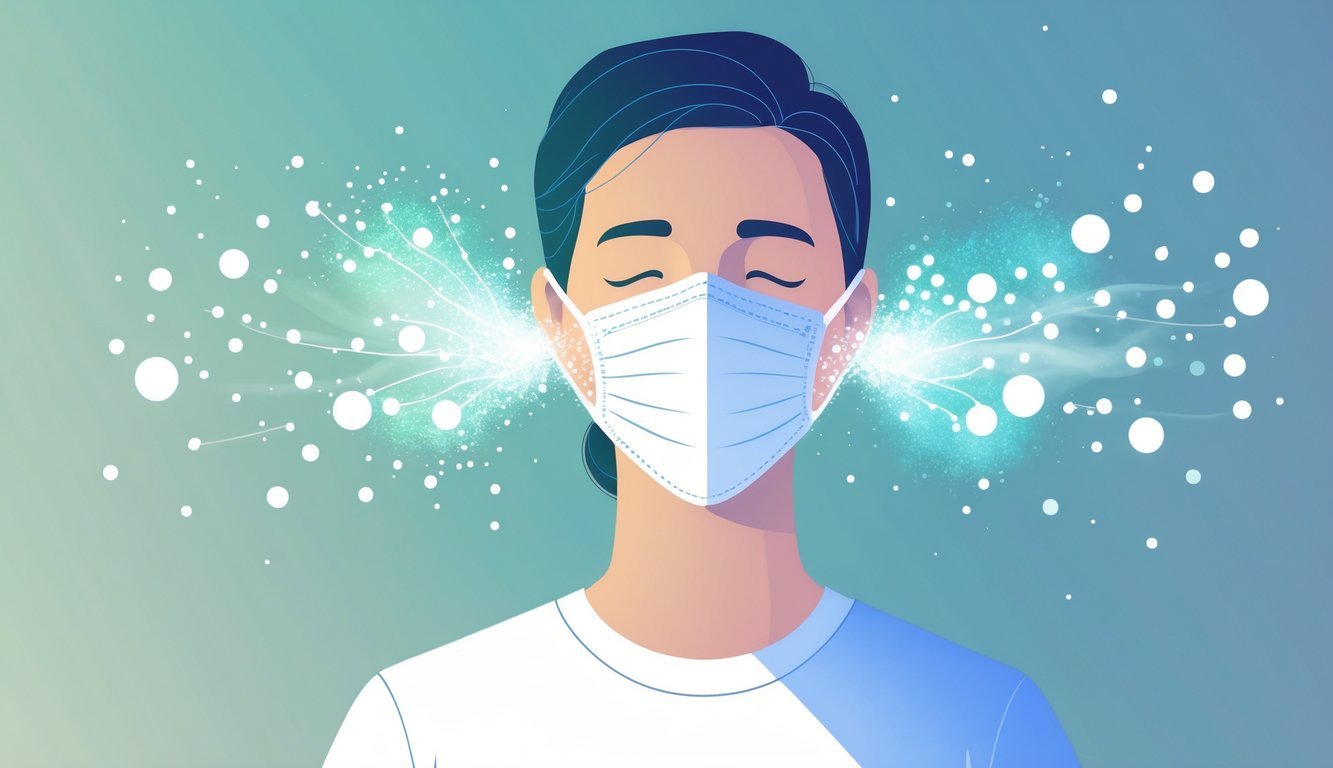PsychNewsDaily Publishers
100 Summit Drive
Burlington, MA, 01803
Telephone: (320) 349-2484
PsychNewsDaily Publishers
100 Summit Drive
Burlington, MA, 01803
Telephone: (320) 349-2484
Antiviral masks contain special materials that neutralize viruses in exhaled droplets, significantly reducing the risk of spreading infections to others in crowded settings.

Face masks have played a huge role in slowing the spread of viruses, but now, technology is taking them up a notch. Scientists recently designed antiviral face masks that do more than just block virus particles—they actually sanitize the droplets you breathe out.
These masks use special layers that deactivate viruses in your exhaled breath, so you’re protecting the people around you even more.
This new tech means your mask isn’t just a filter—it’s a little virus-fighting machine strapped to your face. The antiviral layers attack viruses in your breath before they can escape, which helps lower the risk of passing on illness.
Honestly, that’s a pretty big deal for keeping friends, family, and whole communities safer.
Maybe you’re wondering how these masks actually work or if they matter that much. Understanding this stuff might help you choose a better mask, especially if you’re often in crowds or indoors.

Antiviral face masks catch virus particles that come out when you breathe, talk, or cough. They use special materials and chemicals that break down or trap viruses in your droplets.
This makes it less likely for you to spread viruses to other people.
When you put on an antiviral face mask, it grabs the droplets you breathe out that might carry viruses. These masks have layers that physically block droplets.
But here’s the clever part—some layers actively neutralize viruses by breaking them down.
The mask’s materials slow down the droplets as they hit the fabric. While the droplets sit there, antiviral agents get to work deactivating the virus.
That means fewer viruses can sneak through or escape when you exhale.
Manufacturers add antiviral chemicals like phosphoric acid, copper salts, and polyaniline to the mask fabric. These chemicals attack viruses right on contact.
As soon as virus-laden droplets hit the mask, these chemicals start sanitizing. That makes the air around you safer.
Chemical modulation is just using these antiviral chemicals in smart ways to make masks safer. Manufacturers carefully design the layers with just the right amount of chemicals.
Some masks have embedded antiviral layers that keep sanitizing droplets while you wear them. The chemicals are balanced so they last longer and don’t wash away too quickly.
That means the mask stays effective for hours.
If you see masks labeled with chemical modulation, it means the antiviral agents are controlled to work steadily and safely while you wear the mask.

Wearing antiviral face masks helps protect people around you by cutting down the spread of virus-carrying droplets. These masks really shine in places where people are close together and infection risk runs high.
The materials and design make a big difference in how well they work.
If you’re near patients in an ICU or MICU, antiviral masks play a huge role. Patients on life support or ventilators can breathe out droplets with viruses.
These masks deactivate virus particles in those droplets before they reach someone else.
That’s a big help for healthcare workers and visitors.
Since ICUs are high-risk areas, the mask’s ability to cut virus spread helps control infections. It keeps the environment cleaner and supports clinical care.
During the COVID-19 pandemic, antiviral masks proved their worth as part of PPE. They lower the amount of virus you release in your breath.
That means you’re less likely to infect people nearby.
Tests during the pandemic looked at how well these masks worked with different virus strains. Masks with antiviral features did better than regular cloth masks because they neutralize viruses, not just block droplets.
That’s especially helpful in crowded places or hospitals when you can’t always keep your distance.
Most antiviral masks use non-woven fabrics that trap droplets really well. These materials are tougher than regular gauze and don’t let viruses slip through as easily.
Some masks even have special coatings, like solidified hand soap, that kill viruses on contact.
Researchers test these masks with lint-free wipes and in labs, like those at Northwestern University. Clinical trials check how well the masks work in real life.
All this testing makes sure the mask protects you—and the people near you—by blocking and neutralizing viruses.

You’ll find out how these masks clean the air you breathe out and what tools they use for that. I’ll also go over how to care for them and how they stack up against regular masks.
Wondering if reusable masks can still fight viruses? Let’s see.
These masks have a special layer that kills viruses in the droplets you breathe out. That stops the virus from spreading to people nearby.
Some masks use antiviral coatings or built-in materials that destroy viruses. Others have filters that trap tiny particles before they can escape.
Yes, but you need to clean them properly after each use. Washing or sanitizing keeps the antiviral layer working.
Regular masks block droplets but don’t kill viruses. Antiviral masks actively reduce the live virus in the air you breathe out.
Follow the instructions from the mask maker. Many need daily cleaning or replacement after heavy use.
Keeping your mask clean keeps it working.
Antiviral masks cut down viruses in droplets better than regular masks. That means people around you get extra protection.
Honestly, that seems like a pretty good reason to consider them.